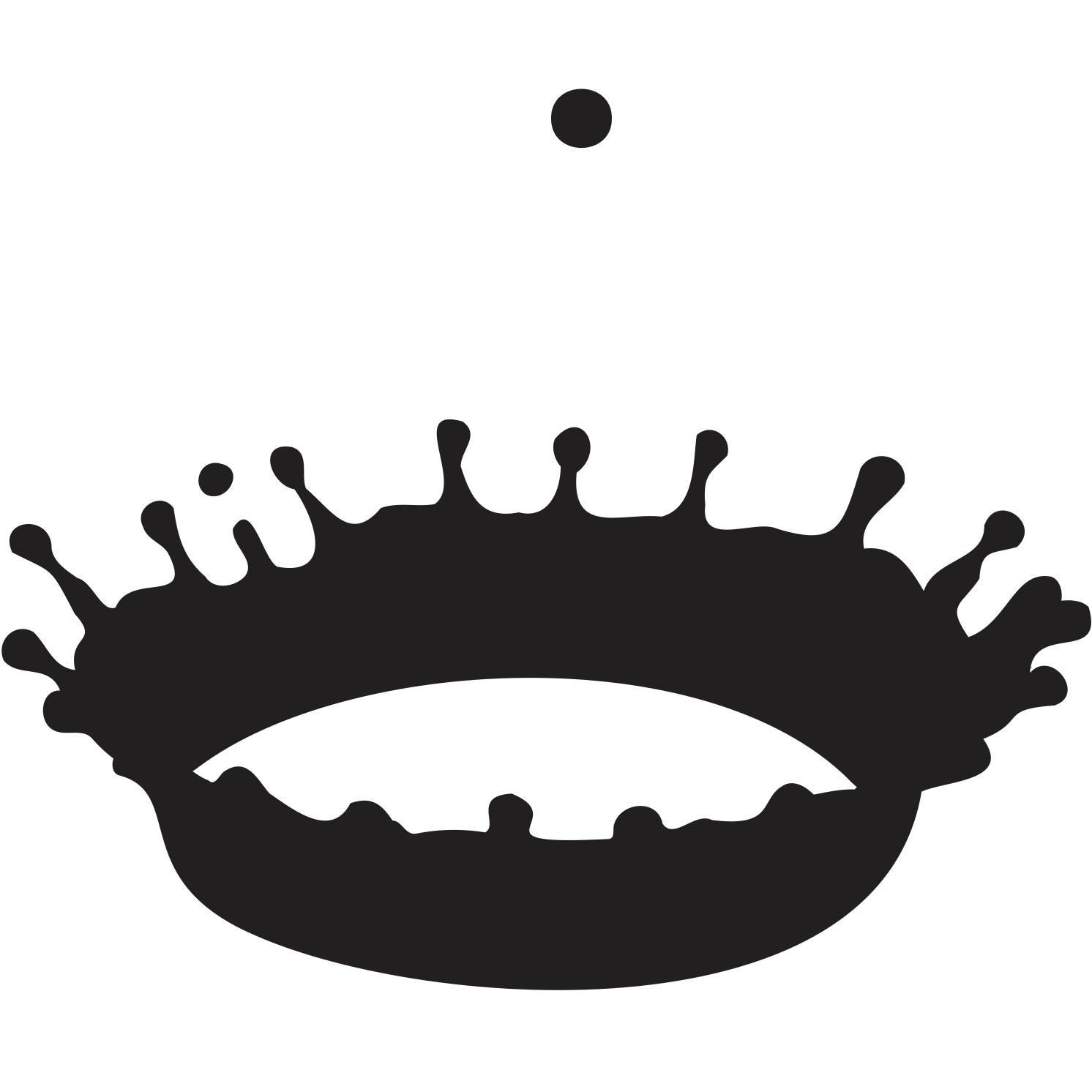Students use both film and digital photography to develop a creative imaging project of their own choice. Develops skills in the use of image editing software to enhance, select, and combine images that the student has taken. Uses the darkroom to develop film for scanning and for chemical enlargement. Discusses topics such as the camera, composition, lighting, modes and formats, image compression, and halftone and dye sublimation printing.
Issues in international development, appropriate technology and project implementation addressed through lectures, case studies, guest speakers and laboratory exercises. Students form project teams to partner with community organizations in developing countries, and formulate plans for an optional IAP site visit. (Previous field sites include Ghana, Brazil, Honduras and India.) Recitation sections focus on specific project implementation, and include cultural, social, political, environmental and economic overviews of the target countries as well as an introduction to the local languages.
Intuition-based introduction to electronics, electronic components and test equipment such as oscilloscopes, meters (voltage, resistance inductance, capacitance, etc.), and signal generators. Emphasizes individual instruction and development of skills, such as soldering, assembly, and troubleshooting. Students design, build, and keep a small electronics project to put their new knowledge into practice. Intended for students with little or no previous background in electronics.
Look at the world with open eyes. Wonder. Question. Explore. Reflect.
Here, you’ll learn the application of electronic flash sources to measurement and photography. The first half of the course covers the fundamentals of photography and electronic flashes, including experiments on the application of electronic flash to photography, stroboscopy, motion analysis, and high-speed videography. Students write five extensive lab reports.





